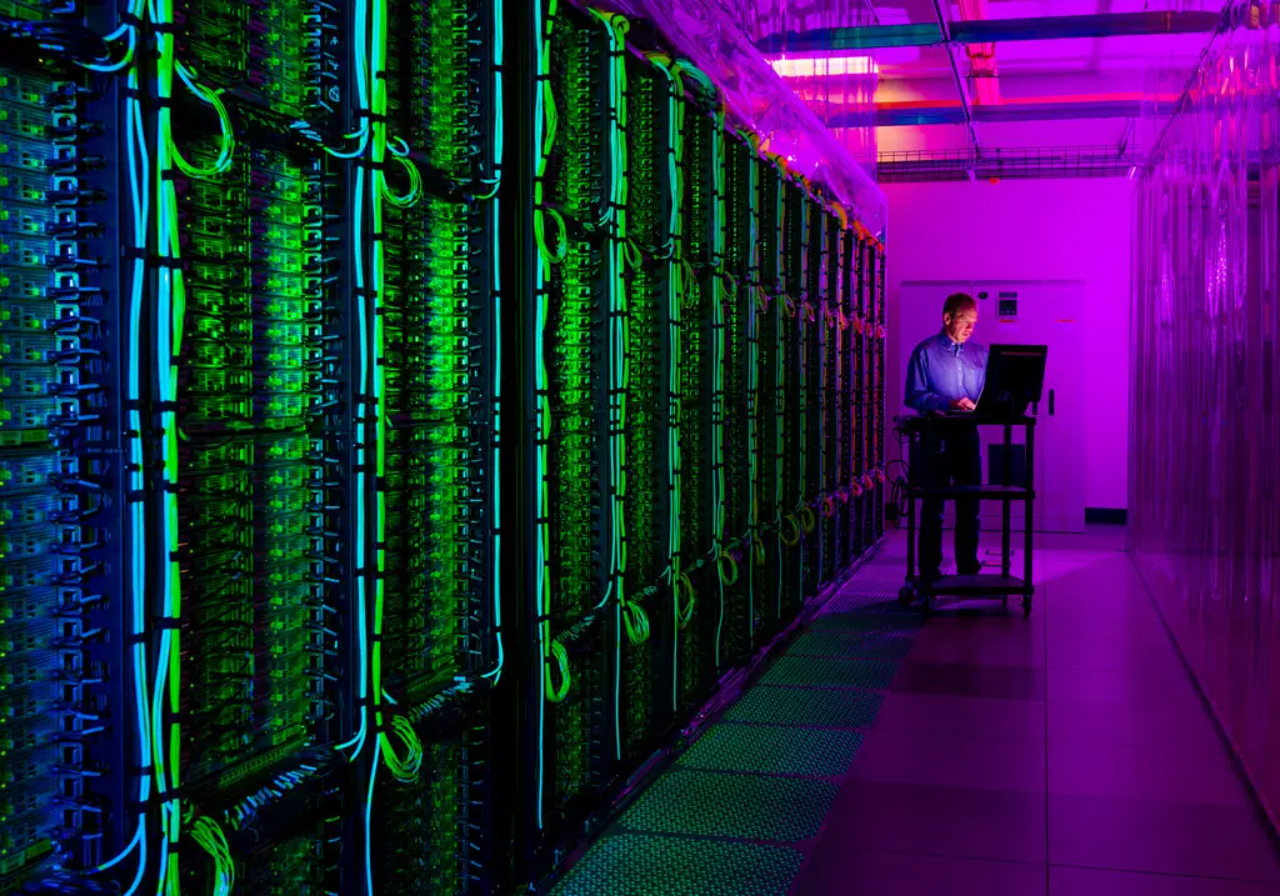
The backbone of the digital world, data centers are the unsung heroes that power our internet, cloud services, and much of the technology we interact with daily. At the heart of these data fortresses lie the server racks, which are continuously evolving to meet the increasing demands for speed, efficiency, and scalability. In this comprehensive exploration, we’ll trace the trajectory of data center server technology from its early iterations to the cutting-edge innovations setting the stage for a future teeming with data.
How Have Data Centers Evolved?

Data center servers’ legacy can be traced back to the humble origins of computing, where large mainframes occupied entire rooms. These early data centers were primarily used by the government and large organizations for data processing, featuring simple room-filling machines often with less processing power than our modern smartphones.
From the 1960s to the early 1980s, the landscape began to change with the introduction of minicomputers and, eventually, microcomputers. These milestones made small-scale data centers feasible, and the concept of the server—dedicated to managing network resources—began to take shape.
When Did Client-Server Computing Start?

The adoption of the personal computer (PC) in the 1980s had a profound impact, leading to the development of PC servers and the client-server model of computing. This model distributed functions across a network of computers and significantly reduced the burden on individual machines, heralding the era of distributed computing.
The commoditization of hardware allowed for greater accessibility and reduced costs, democratizing data center access for businesses of all sizes. It was during this era that we saw the birth of the x86 server architecture, which has persisted as a dominant force in the market owing to its performance-to-cost ratio.
What Is the Role of Server Virtualization?

The early 2000s witnessed a paradigm shift with the widespread adoption of server virtualization technology. This breakthrough allowed for the creation of multiple virtual machines on a single physical server. Moreover, optimizing resource usage and reducing the need for extensive hardware.
Virtualization was revolutionary, offering greater scalability and the ability to consolidate data center infrastructures. It not only enhanced server efficiency but also facilitated cloud computing. Moreover, it’s a monumental development that redefined the way services are hosted and delivered.
The Cloud Revolution and Hyperscale Data Centers

The cloud computing revolution, led by tech giants like Amazon, Google, and Microsoft, reimagined the purpose and scale of data centers. These hyper-scale facilities deploy thousands of servers across vast server farms to cater to global workloads with unprecedented efficiency.
Cloud-native architectures optimized for distributed computing were developed, with servers increasingly becoming nodes in massive, interconnected systems. Technologies like containerization and microservices further streamlined the deployment, scaling, and management of applications.
Green Initiatives and Sustainable Server Design

The exponential growth in data center energy consumption prompted a push toward more sustainable practices. Green initiatives focused on reducing server power usage through innovations. These innovations include more efficient power supplies, liquid cooling solutions, and the use of renewable energy sources.
The evolution of server design also saw a shift towards higher-efficiency processors and the creation of energy-efficient models. They dedicate to specific workloads like AI and machine learning while adhering to strict industry standards for environmental sustainability.
Explore AiNET!
Elevate your cloud computing with AiNET! Explore new opportunities for your business now.
